The similarities they shared with The Beatles meant Gerry and the Pacemakers were always going to be performing under a pretty big shadow. It’s to their everlasting credit they managed to carve out quite a niche on their own.
Videos by American Songwriter
In fact, their 1964 hit single “Don’t Let the Sun Catch You Crying” actually forged ground the Fab Four hadn’t yet trod. Here’s the story behind this British Invasion group’s biggest hit in the United States.
Pacemakers Party
Timing both worked for and against the outfit known as Gerry and the Pacemakers, which during its most successful years of 1963 through 1965 consisted of brothers Gerry and Fred Marsden, Les Chadwick, and Les Maguire. On the one hand, their roots in Liverpool in close proximity to The Beatles certainly gave them a leg up in terms of being discovered. It also meant they’d constantly be compared to them as well, which would have been unfair to any pop band.
Like The Beatles, Gerry and the Pacemakers were signed by manager Brian Epstein. And Epstein placed them at EMI, where they’d work with George Martin, who also produced the Fab Four. On top of that, a Beatles’ hand-me-down turned into the band’s first big hit.
When John Lennon and Paul McCartney insisted on their original “Please Please Me” as The Beatles’ second single, Martin needed an outlet for the Mitch Murray composition “How Do You Do It?” which he had intended for the Fab Four. He handed it off to the Pacemakers, who turned it into their first single and an immediate British chart-topper.
“Crying” Time
The first three Pacemakers singles all shot to No. 1, a feat not even The Beatles achieved. But like their fellow Liverpudlians, those songs were all ignored in the United States in 1963. When The Beatles broke through in America with “I Want You to Hold My Hand” in ’64, it paved the way for the Pacemakers to make an impact as well.
The difference is they made their splash with a ballad. Credited to all four members of the band (although by this time, lead singer Gerry Marsden was largely responsible for the writing), “Don’t Let the Sun Catch You Crying” partially borrows its title from a blues song made most famous by Ray Charles.
The Pacemakers’ song is much gentler and more melancholy. It also featured a George Martin orchestral arrangement a full year before first he’d do the same for The Beatles on “Yesterday.” “Don’t Let the Sun Catch You Crying” hit No. 4 in the U.S. in 1964, the band’s biggest-ever American single.
Behind the Lyrics to “Don’t Let the Sun Catch You Crying”
On the surface, “Don’t Let the Sun Catch You Crying” advises that tears are best spilled in the evening hours. But the subtle message is while sorrow is unavoidable, there’s always a brighter day on the horizon. Your heart may be broken tonight, Gerry Marsden sings. But tomorrow in the morning light / Don’t let the sun catch you cryin’.
For the morning will bring joy / ‘For every girl and boy, he promises. He also accepts there are times when you can’t hold back the flood: We know that cryin’s not a bad thing / But stop your cryin’ when the birds sing. In the final verse, he encourages the sorrowful to wait around for the wheel of fortune to once again spin their way: But don’t forget that love’s a game / And it can always come again.
Gerry and the Pacemakers couldn’t sustain their rapid rise once the latter half of the ’60s arrived. But their track record for a three-year stretch is as good as anybody’s. And, with “Don’t Let the Sun Catch You Crying,” they delivered a ballad that escaped the shadow of their famous town-mates to become a rightful classic on its own.
Photo by Stanley Bielecki/ASP/Getty Images



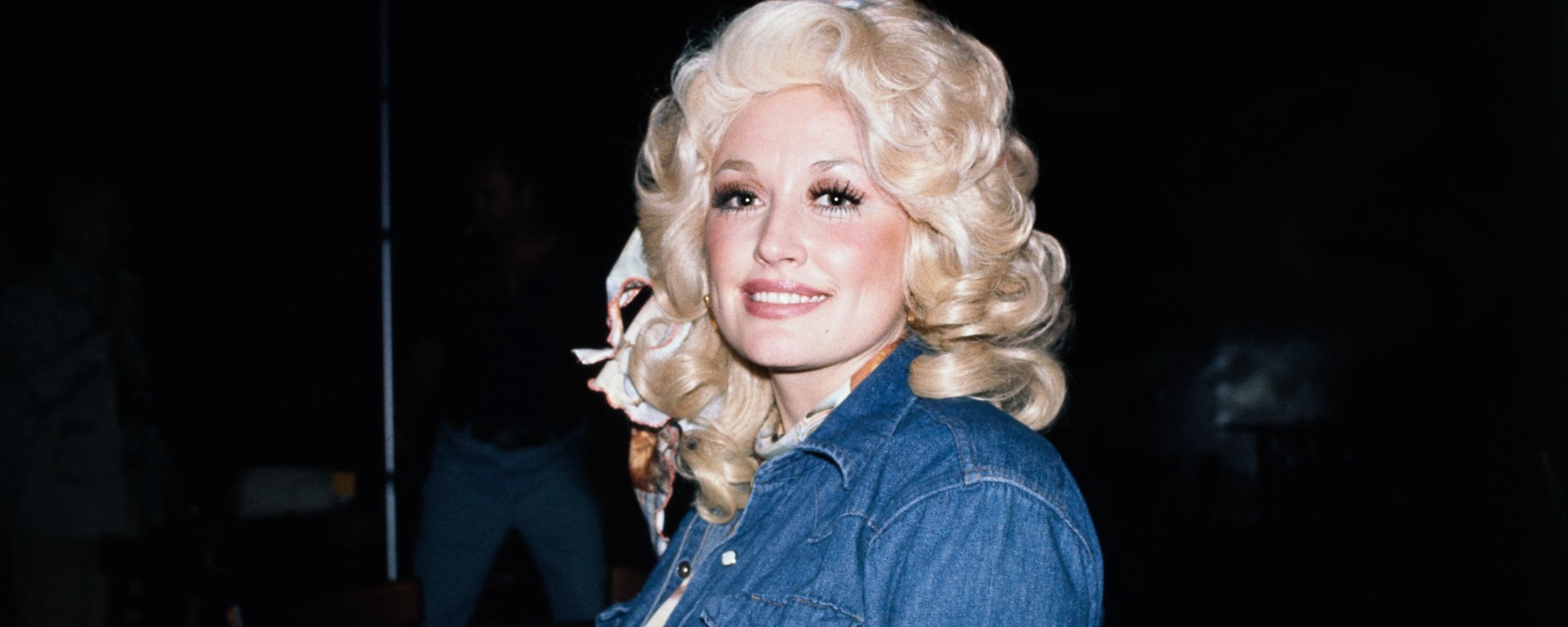
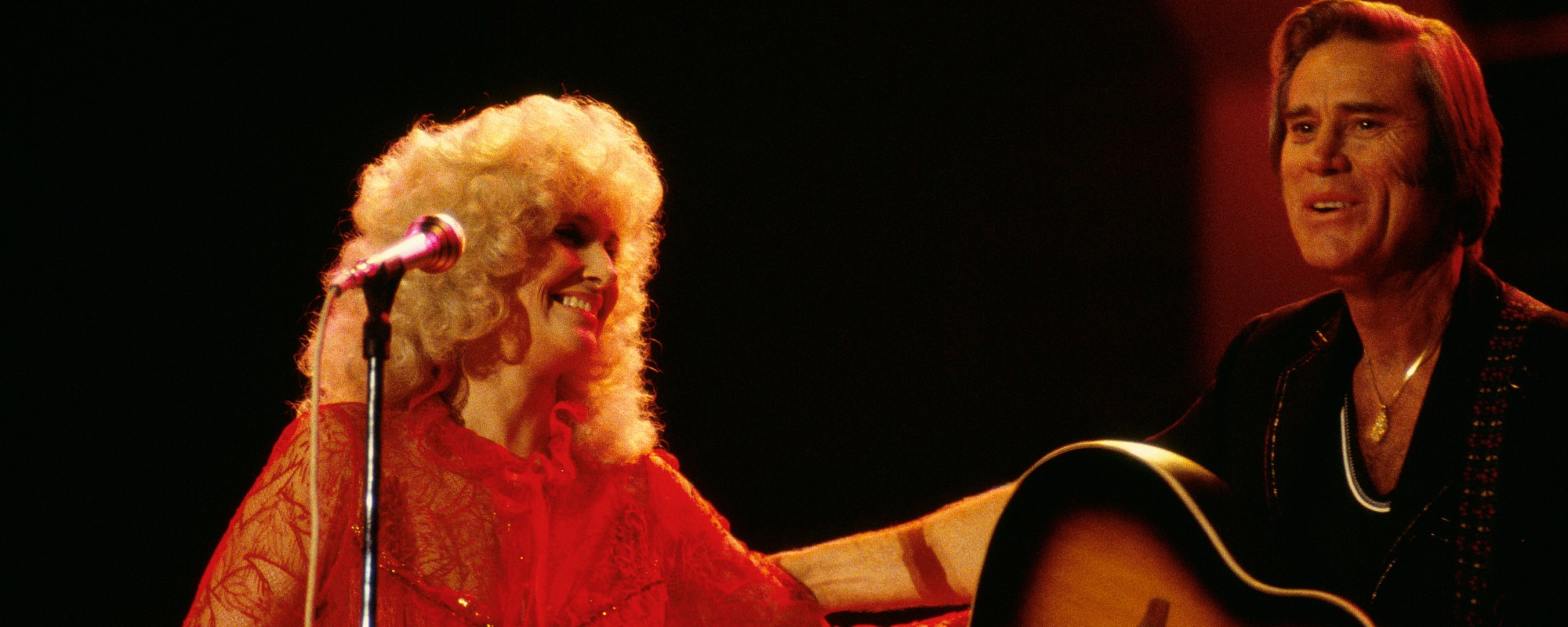
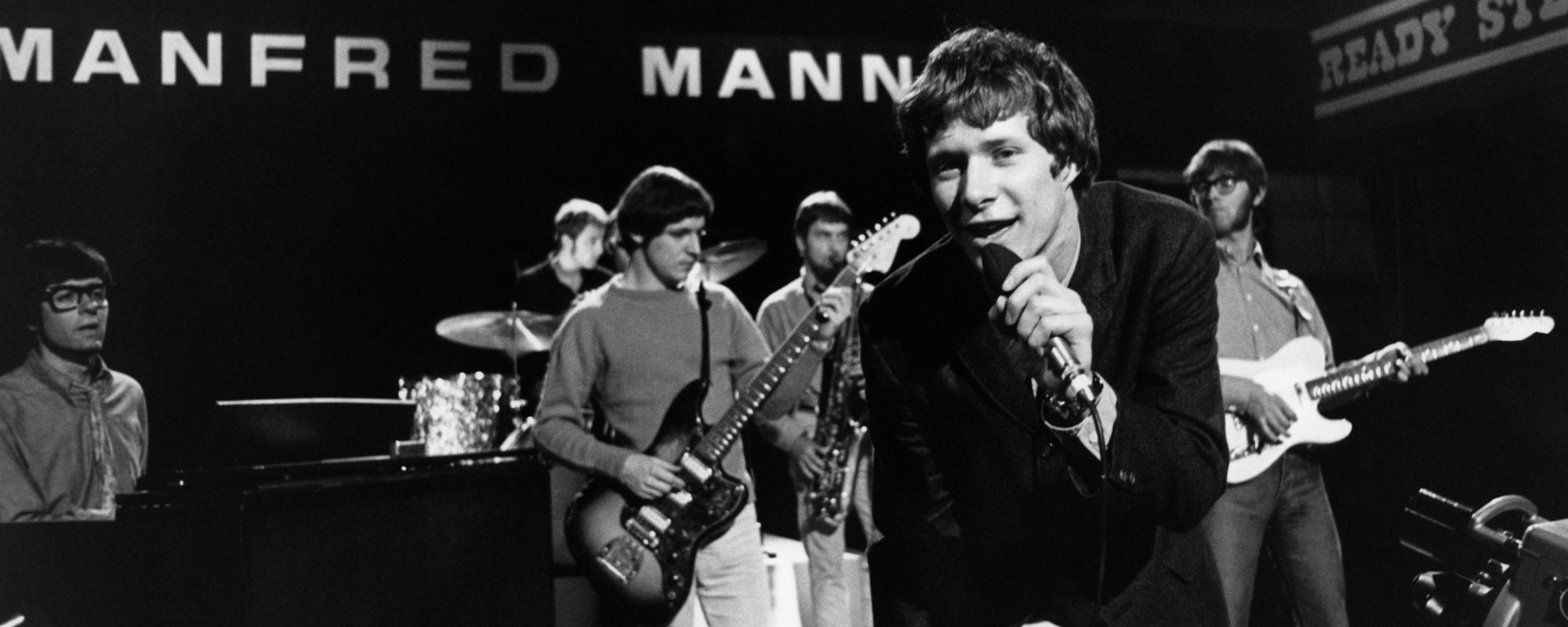
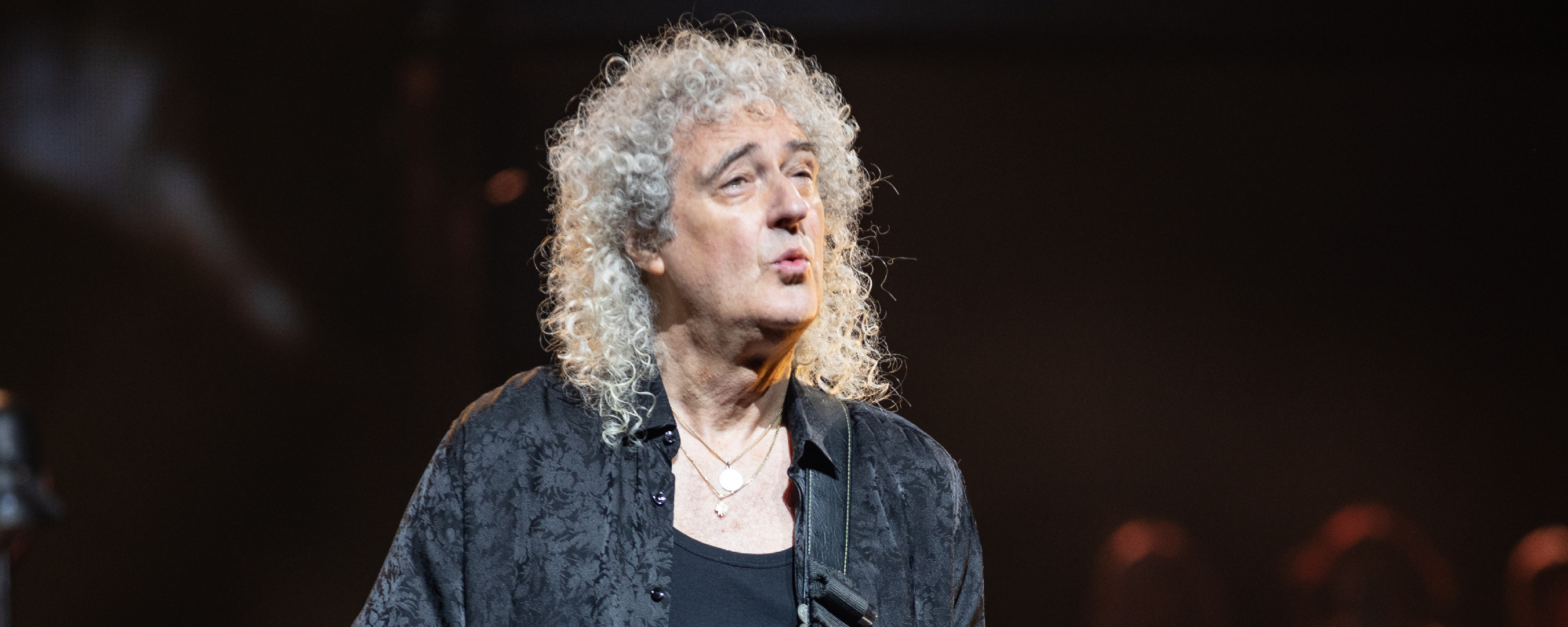

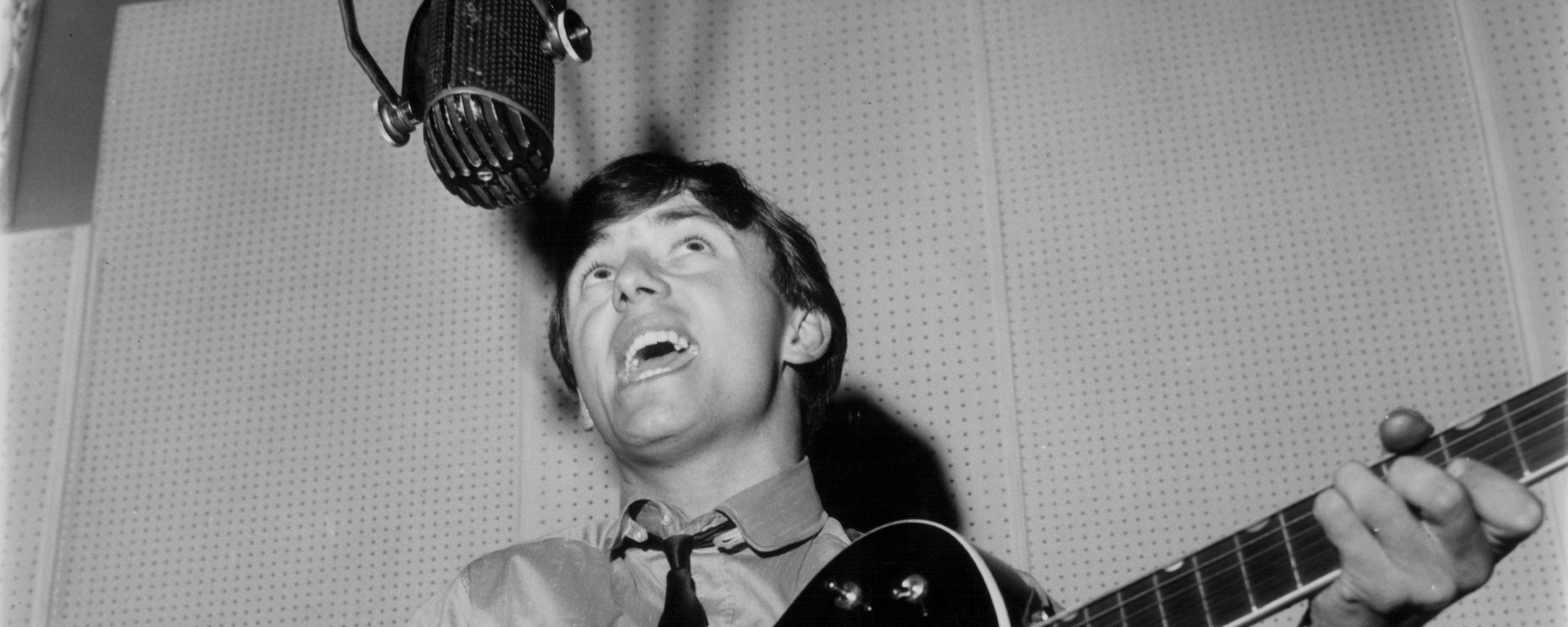
Leave a Reply
Only members can comment. Become a member. Already a member? Log in.